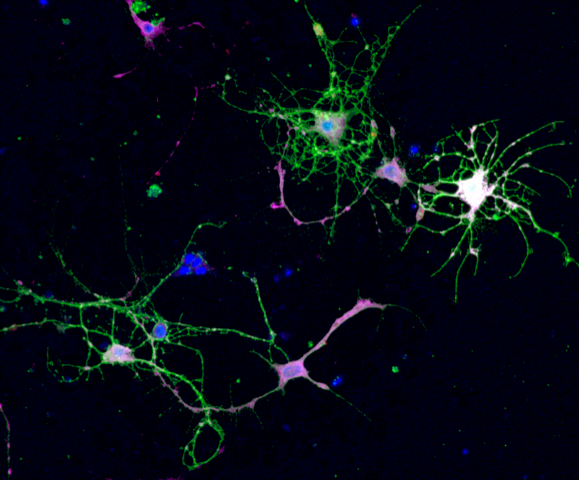You are here
Roles for Neuronal Excitability and Bioenergetics in the Regulation of Longevity
Speakers
Abstract
Mitochondrial ATP production is a well-known regulator of neuronal excitability. In this talk, I will describe a mechanism by which depolarized neurons elevate the somatic ATP/ADP ratio in Drosophila glutamatergic neurons. I will show that depolarization increases phospholipase-Cβ (PLCβ) activity by promoting the association of the enzyme with its phosphoinositide substrate. Augmented PLCβ activity led to greater release of endoplasmic reticulum (ER) Ca2+ via the inositol trisphosphate receptor (IP3R), which in turn, stimulated mitochondrial Ca2+ uptake and ATP synthesis.
Expression of a gene encoding an ALS-causing variant of an ER membrane protein, VAPB, decouples mitochondrial ATP production from neuronal activity. Due to a combination of diminished ATP production and elevated ATP consumption — established outcomes in ALS neurons — the levels of ATP in mutant neurons are unable to keep up with the bioenergetic burden of depolarization. The resulting paucity of ATP results in diminished extrusion of cytosolic Ca2+, defects in synaptic vesicle release, and chronic depolarization.
Sustained depolarization of neurons in models of ALS and tauopathy led to untrammeled PLCβ–IP3R activation, and a dramatic shortening of Drosophila lifespan. Investigation of the underlying mechanisms revealed that increased sequestration of Ca2+ into endolysosomes was an intermediary in the regulation of lifespan by IP3Rs. Manipulations that either lowered PLCβ/IP3R abundance or attenuated endolysosomal Ca2+ overload restored animal longevity. Collectively, our findings demonstrate that depolarization-dependent regulation of PLCβ–IP3R signaling is required for modulation of the ATP/ADP ratio in healthy glutamatergic neurons, whereas hyperactivation of this axis in chronically depolarized glutamatergic neurons shortens animal lifespan by promoting endolysosomal Ca2+ overload.


